|
Perching birds have strong feet and gripping toes that they use to perch. They have four toes, with three directed forward and one backward. Perching birds are also referred to as songbirds because most of the birds in this group sing to attract mates or to establish territory. Perching birds or Passerines are also considered as the most adaptive and intelligent of the birds. 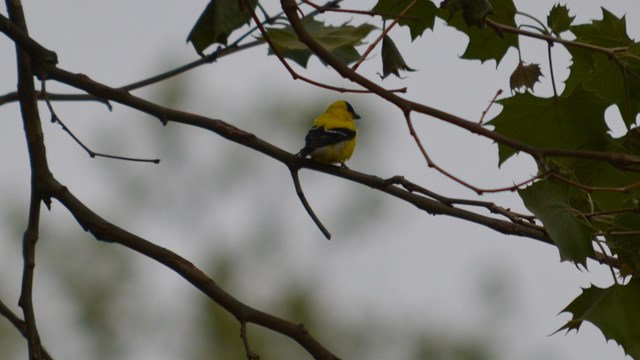
Finches
Finches are medium sized songbirds in the family Fringillidae and have beaks adapted for eating seeds. 
Blackbirds
Icterids or blackbirds are a family of small- to medium-sized, often colorful birds. 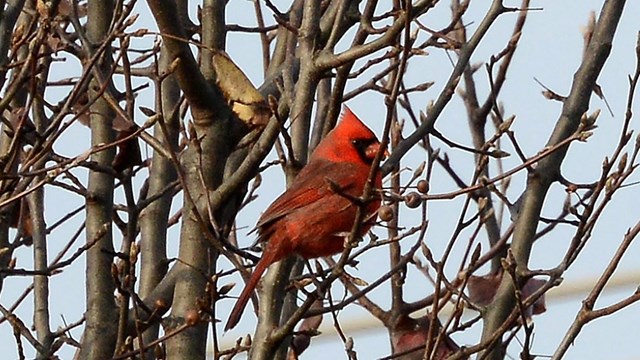
Cardinals and Allies
Cardinals are passerine birds found in North and South America. 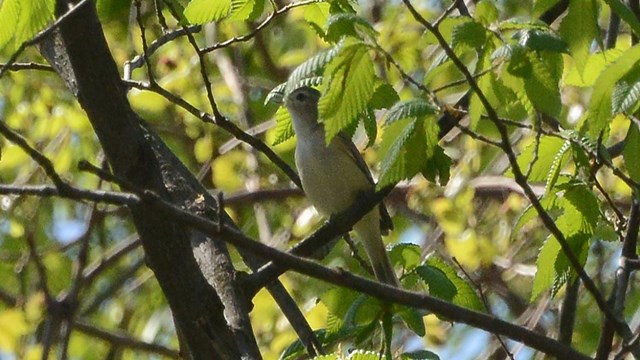
Vireos
These birds typically have dull colored feathers and are greenish in color. What sets them apart from other warblers is their bigger beak. 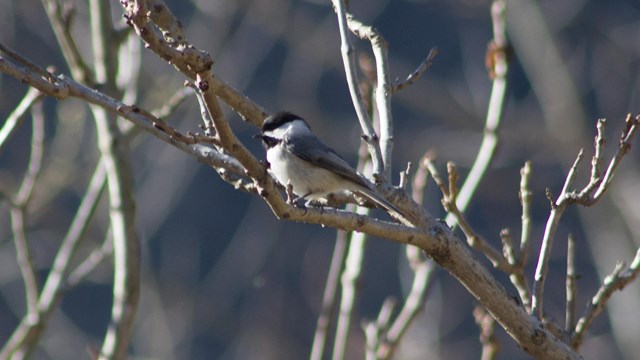
Tits, Chickadees, and Titmice
Tits, Chickadees, and Titmice make up a large family of perching birds that occur mainly in the Northern Hemisphere and Africa. 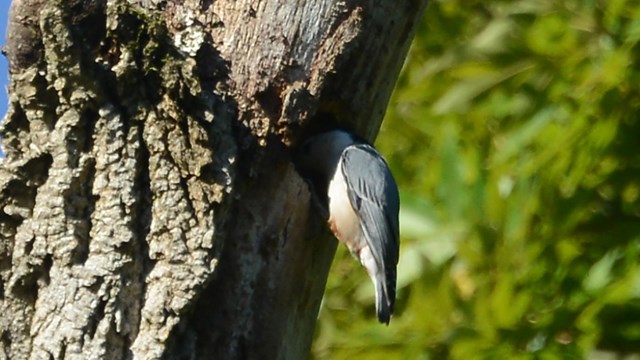
Nuthatches
Nuthatches are known for their large heads, short tails, and powerful beaks and feet. 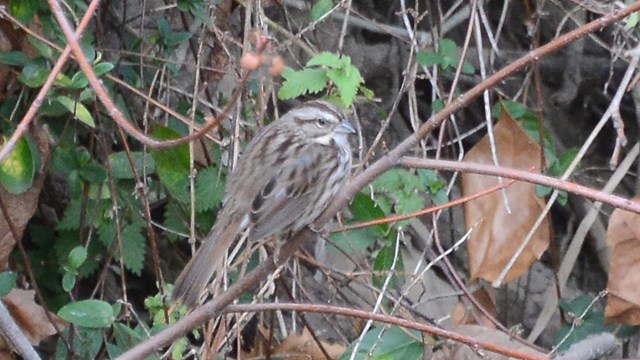
New World Sparrows
New World Sparrows are seed eating birds that have stubby, cone shaped beaks. 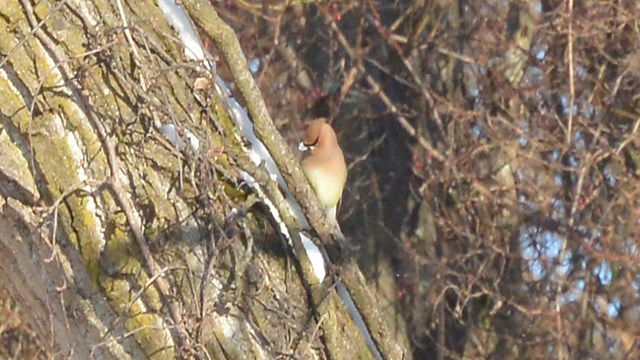
Waxwings
Waxwings are brown/pale gray bird with silky feathers, a square cut tail and pointed wings. 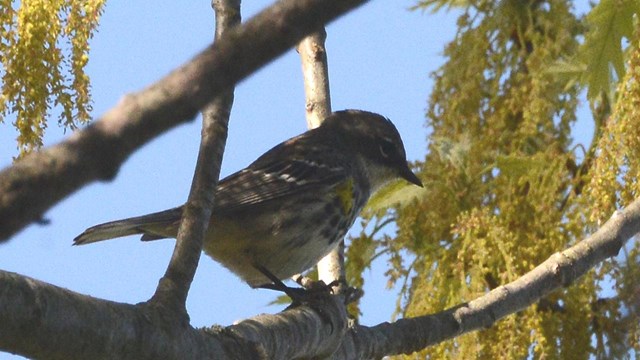
New World Warblers
New World Warblers are a small group of colorful birds that live exclusively in the New World. 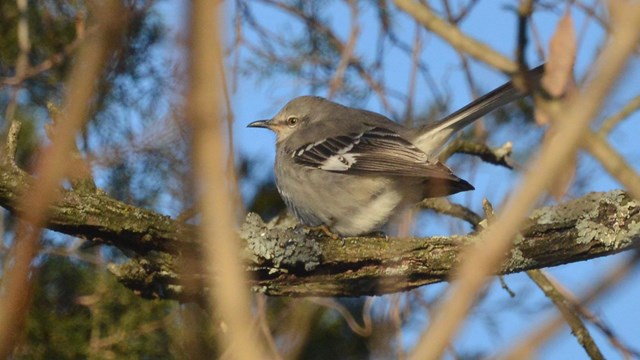
Mockingbirds and Thrashers
Mockingbirds and Thrashers are medium sized birds that have short wings, long legs, and long tail. They are generally a dull brown or gray. 
Starlings
Starlings are small to medium sized birds that have strong feet, strong and direct flight, and they are very social birds. 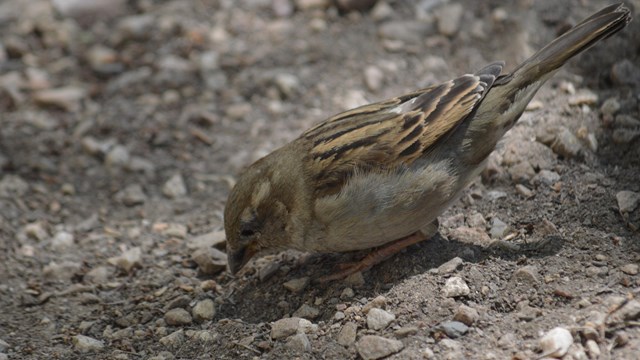
Old World Sparrows
Old World Sparrows are known as true sparrows. 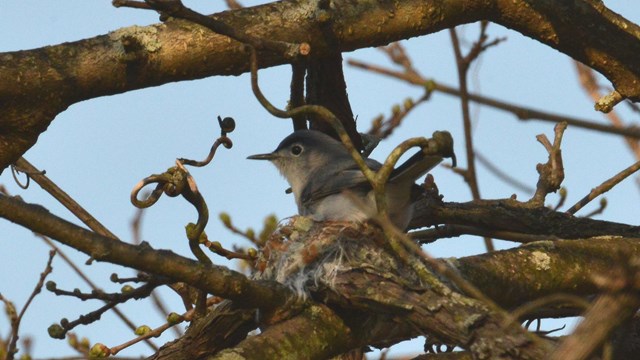
Gnatcatchers
Most species of Gnatcatchers are tropical or subtropical and stay in the same place all year long but some species migrate. 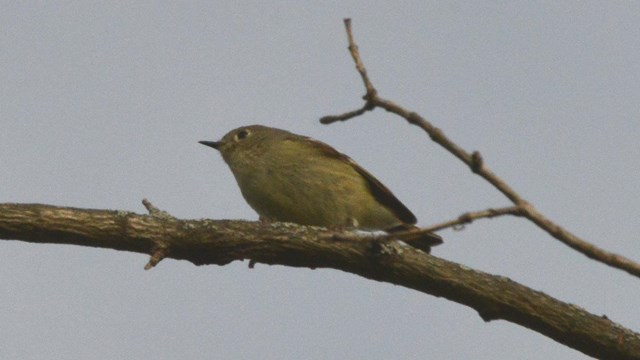
Kinglets
Kinglets are small birds that share characteristics with warblers and titmice. 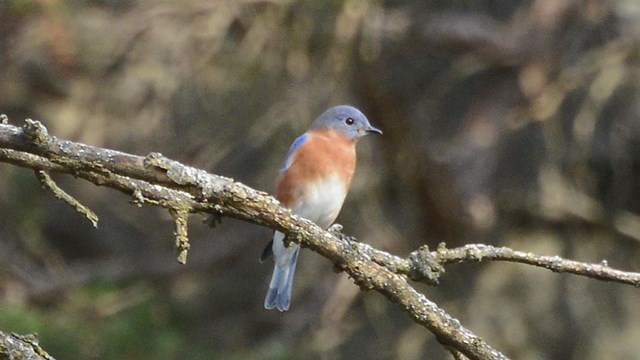
Thrushes
Thrushes are a family of small or medium sized songbirds. 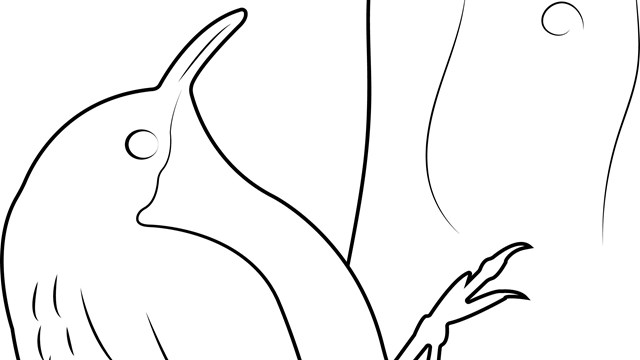
Treecreepers
Treecreepers are small woodland birds that really like to find the biggest tree they can to live in. 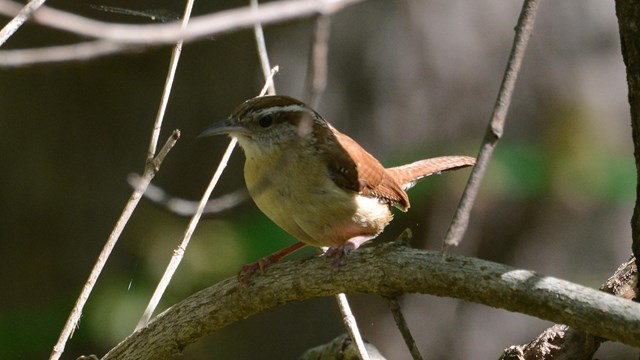
Wrens
Wrens are a family of small, brown, perching birds. This family of birds includes 88 bird species. 
Crows and Jays
Corvidae is a cosmopolitan family that contains the crows, ravens, rooks, jackdaws, jays, magpies, treepies, choughs, and nutcrackers. 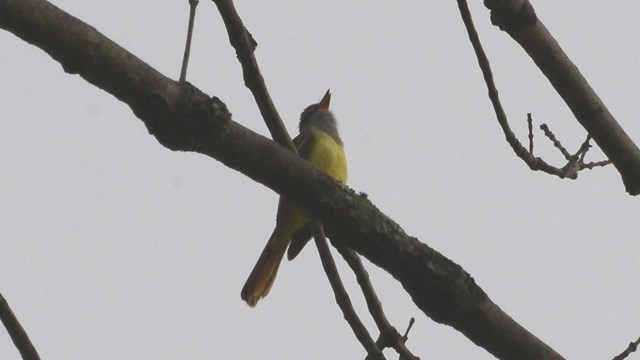
Tyrant Flycatchers
Tyrant Flycatchers are considered as the largest family of birds consisting of more than 400 species. 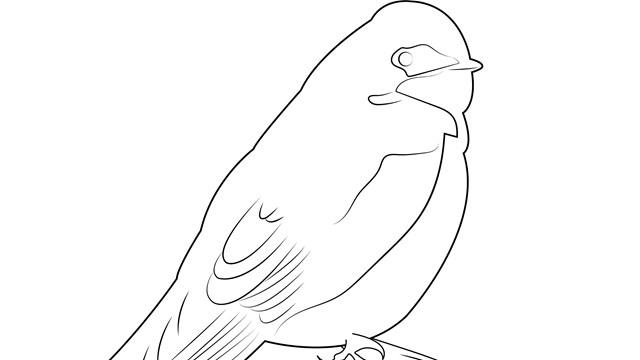
Swallows
Swallows are a group of perching birds that are found all around the world on all continents that are adapted to aerial feeding. |
Last updated: August 27, 2019
